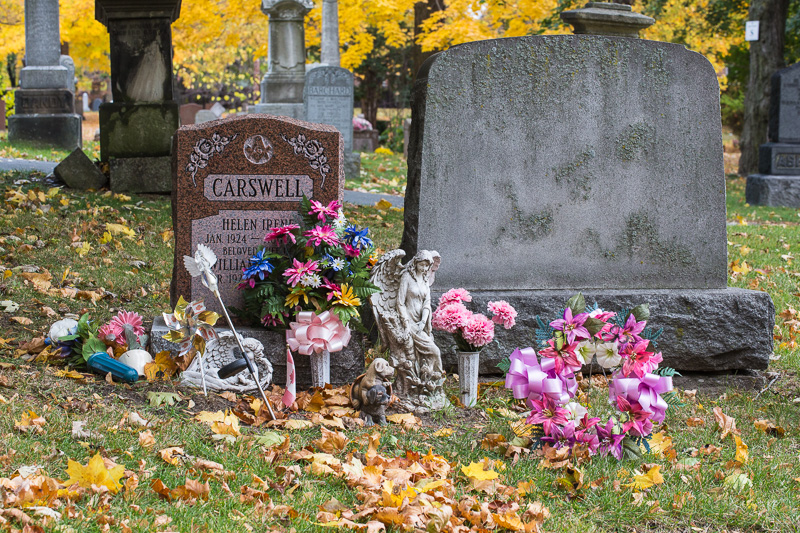The following are suggestions (not prescriptions) and are highly personal. They reflect what I would describe as an emerging philosophy of seeing and engagement with the world. In particular, I preach a holistic gospel of photography: photography works in service of the whole person. For that reason, the whole person needs to be enlisted in the service of photographic practice. That’s why seemingly irrelevant activities might benefit, and even improve, your photography.
1. Meditate
By meditation, I don’t mean that you should embark on an elaborate pilgrimage to a Tibetan monastery. I mean something simpler. Breathing. Mindfulness. The work of becoming awake. The discipline of meditation can provide the foundations for a discipline of seeing. You walk down a street and are more alive to the visual possibilities that present themselves. You may have walked down the same street a hundred times, but because you have become habituated to that walk, you cease to notice the wonder of its particularity. It’s as if you are sleepwalking. The thisness of its place and time have vanished. Wake up!
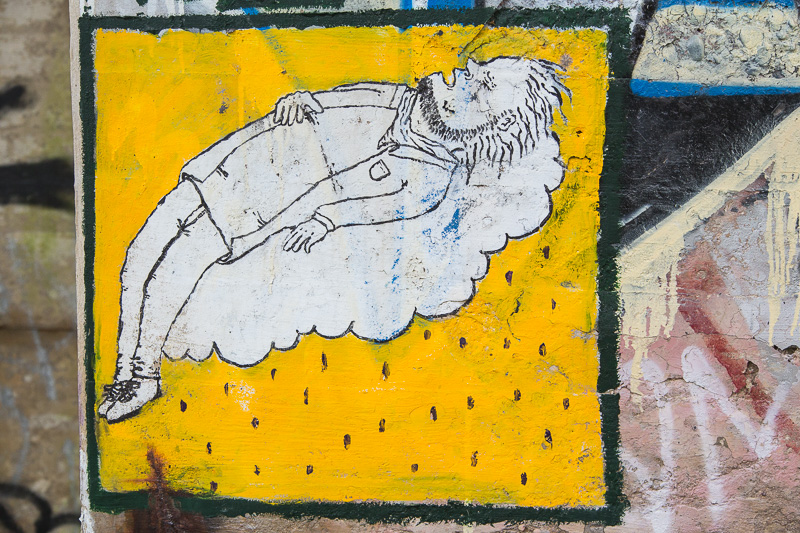
2. Read A Novel
There’s something about reading good fiction that nurtures the visual imagination. A well-written novel evokes a sense of place and time. But place and time aren’t presented to the reader literally (otherwise novels would be picture books). Instead, novels invite us to produce the place and time for ourselves. As some might say, we see scenes in our “mind’s eye”. This is the same faculty we use when we make (as opposed to take) photographs.
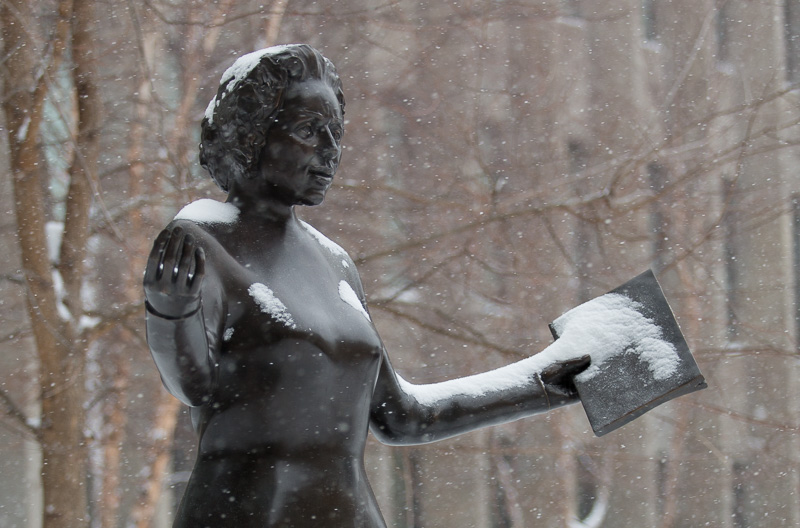
3. Play Video Games
I’ve long thought that first-person shooters are great practice for wildlife and street photography. The target appears and you have to respond immediately. Turns out I’m not the only one who thinks this way. Yuji Naka has created Real Whales, a virtual whale watching app that lets you shoot images of virtual whales as they break the surface of the water. And see this list from Petapixel.

4. Get Drunk
I don’t advocate getting drunk all the time, and certainly not totally-wasted-head-in-the-toilet drunk. I’m talking more about getting yourself pleasantly pickled with a nice buzz. The reason is that it can prod you out of your lazy visual habits by presenting the world to you in a hazy light, off-kilter, from a different perspective (like the floor or a chandelier).
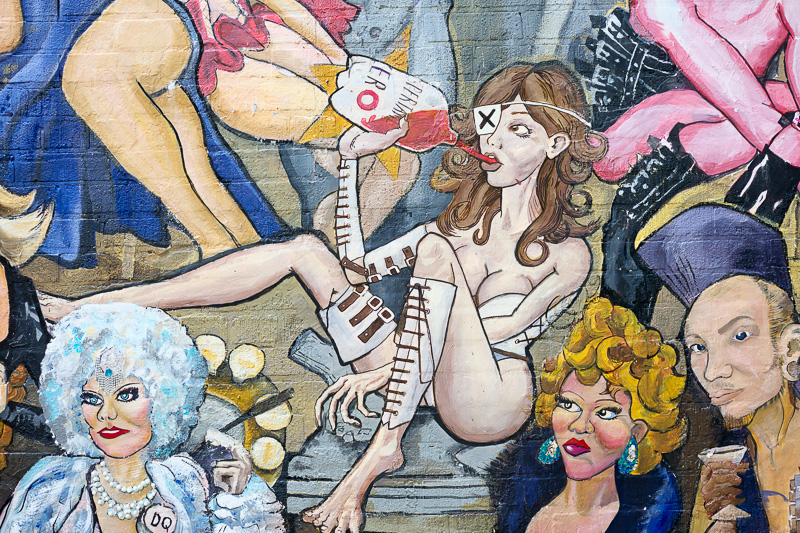
5. Make Love
Note that I didn’t say: have sex. Making love is not the same thing as having sex. Making love involves mutual empathy. I recommend the same approach to photography. Don’t go out into the world with your camera in order to take whatever you can get. Engage the world with empathy (and be held empathically in return). You aren’t a scientific observer trying to achieve some (probably impossible) objectivity. You are a poet trying to write a love song to the world you share with others.
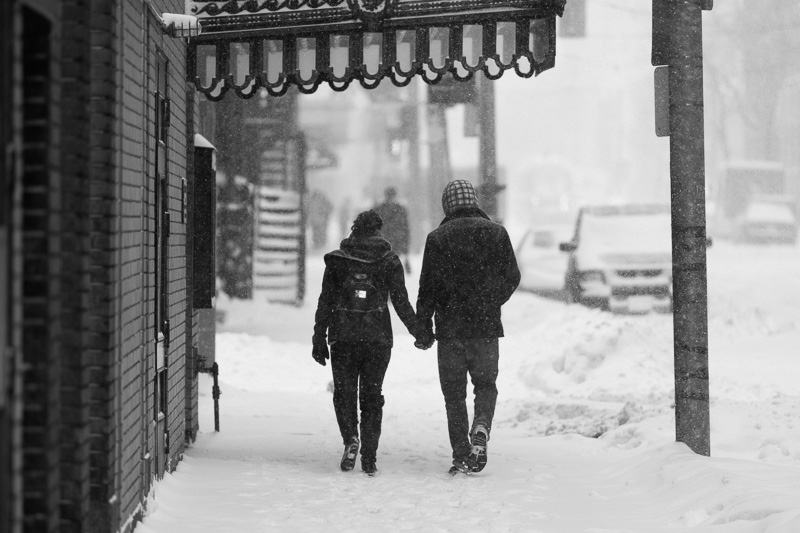
6. Play a Musical Instrument
The act of performing music is the act of playing out a long succession of moments in time. Photographers do the same thing. When a photographer goes out to shoot, they rarely take a single image. They take a succession of images that may be more or less connected to one another. At the end of the day, when they review the results, they see a narrative laid out before them. They may choose only one from a series of images, but the narrative remains. Although it may appear as a moment frozen in time, it implies a past and a future. The note sounds, and then it fades. It lingers in our memory.
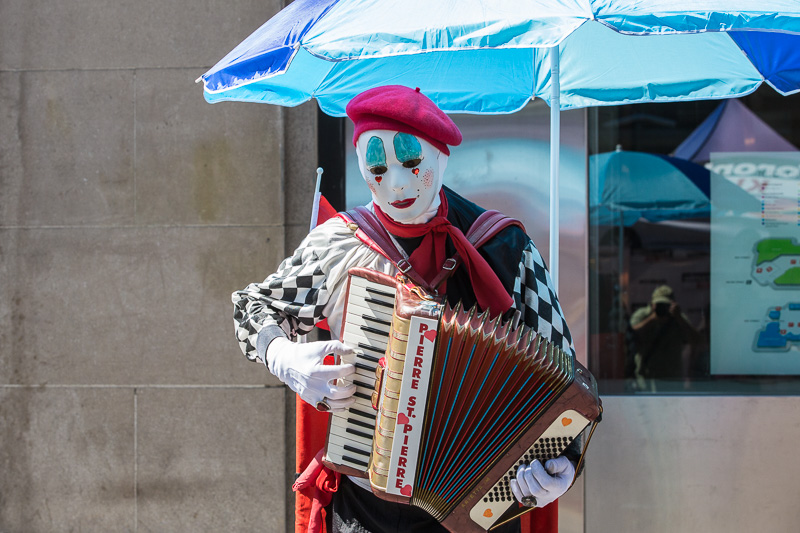
7. Leave Flowers at a Grave
In a sense, all photography has a single theme: death. Here, I return to my Buddhist opening about being awake. Any mindful encounter with the world leads inevitably to the fact of death. Our efforts in photography can stand as resistance to that fact. I often catching myself shooting frenetically as the light fades or the moment recedes, driven by an anxiety that this moment will never come again. Then I pause, take a deep breath, and put my camera away. It’s true. This moment will never come again.
